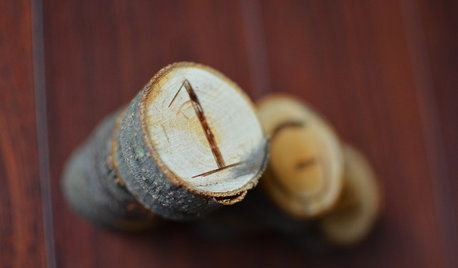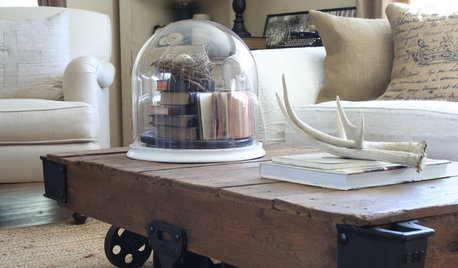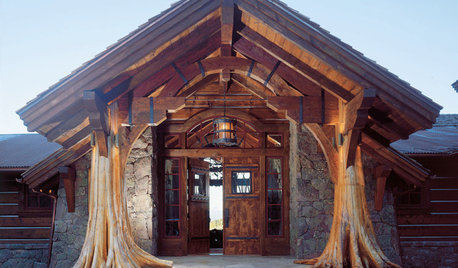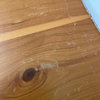tree trunk slice table top
danfurmanek
16 years ago
Featured Answer
Comments (18)
Jon1270
16 years agoRelated Professionals
Bedford Carpenters · Dallas Carpenters · Leander Carpenters · Ridgewood Carpenters · Dunwoody Flooring Contractors · Limerick Flooring Contractors · New Orleans Flooring Contractors · Orange Flooring Contractors · Westlake Flooring Contractors · Lorton Furniture & Accessories · Minneapolis Furniture & Accessories · Nashville Furniture & Accessories · Ventura Furniture & Accessories · Lake Arrowhead Furniture & Accessories · Sugar Hill Furniture & Accessoriesbhrost
16 years agoJon1270
16 years agobrickeyee
16 years agoleslieegerton_hotmail_com
16 years agorobynpa
16 years agohenrys
15 years agohuffg311_hotmail_com
13 years agoJon1270
13 years agobrickeyee
13 years agoarter626_hotmail_com
13 years agoJon1270
13 years agopoppadiamond
12 years agobrickeyee
12 years agodarstar7561
12 years agofmanheim
11 years agobrickeyee
11 years ago
Related Stories

DECORATING GUIDESBring Nature Indoors With Tree Stumps, Trunks and Logs
Furniture formed from wood in its natural state adds earthy elegance to any room
Full Story
FURNITUREGnarly End Tables!
Tree Trunks and Stumps Bring Freeform Warmth to All Kinds of Spaces
Full Story
TREESHow to Use Trees Inside
Bring nature close by integrating the beauty of trunks and trees — even smaller leafy trees — into your home
Full Story
GARDENING GUIDESHow to Keep Your Citrus Trees Well Fed and Healthy
Ripe for some citrus fertilizer know-how? This mini guide will help your lemon, orange and grapefruit trees flourish
Full Story
CRAFTS7 Ways to Upcycle a Fallen Tree
When a tree falls, turn its branches into rustic toys, accessories and holiday décor
Full Story
FURNITURE8 Ways to Reimagine the Coffee Table
A Trunk, Ottoman, Cart and More Can Become the Center of the Living Room
Full Story
THE ART OF ARCHITECTUREOutside In: You, Me and Nature, Cozy Together
From reclaimed tree trunks to soaring coastal views, designers and homeowners are finding ways to bring the inspiring outdoors inside
Full Story
DECORATING GUIDESPalm Trees Take Interiors on a Tropical Vacation
Conjure a sultry vibe or bring welcome life to modern rooms. Whatever your interior design style, palm trees are the ticket to enhancing it
Full Story
TREE HOUSESSwaying From Sleepovers to Dinner Parties in a Colorado Tree House
Folks of all ages have it made in the shade in this fun little house, thanks to electricity, a kitchenette and a rooftop deck
Full StoryMore Discussions










danfurmanekOriginal Author